The Aerospace Insulation Market is currently characterized by a dynamic competitive landscape, driven by increasing demand for lightweight and efficient insulation materials in aircraft manufacturing and maintenance. Key players such as BASF SE (DE), DuPont de Nemours Inc (US), and Honeywell International Inc (US) are strategically positioned to leverage innovation and sustainability in their operations. These companies are focusing on enhancing their product portfolios through advanced materials that not only meet regulatory standards but also contribute to fuel efficiency and reduced emissions, thereby shaping a competitive environment that prioritizes technological advancement and environmental responsibility.
In terms of business tactics, companies are increasingly localizing manufacturing to reduce lead times and optimize supply chains. The market appears moderately fragmented, with a mix of established players and emerging companies vying for market share. The collective influence of these key players is significant, as they engage in strategic partnerships and collaborations to enhance their market presence and operational capabilities.
In November 2025, DuPont de Nemours Inc (US) announced a partnership with a leading aerospace manufacturer to develop next-generation insulation materials that utilize bio-based components. This strategic move is likely to position DuPont at the forefront of sustainable innovation in the aerospace sector, aligning with global trends towards eco-friendly materials and practices. The collaboration is expected to enhance product performance while reducing environmental impact, thus appealing to a growing segment of environmentally conscious consumers.
In October 2025, Honeywell International Inc (US) unveiled a new line of thermal insulation products designed specifically for the aerospace industry, incorporating advanced aerogel technology. This launch signifies Honeywell's commitment to innovation and its ability to respond to the evolving needs of aerospace manufacturers. The introduction of these products is anticipated to improve thermal efficiency and reduce weight, which are critical factors in aircraft design and performance.
In September 2025, BASF SE (DE) expanded its production capabilities in North America by investing in a new facility dedicated to aerospace insulation materials. This expansion is indicative of BASF's strategy to enhance its supply chain resilience and meet the growing demand in the region. By increasing local production, BASF aims to shorten delivery times and improve customer service, thereby strengthening its competitive position in the market.
As of December 2025, current trends in the Aerospace Insulation Market are heavily influenced by digitalization, sustainability, and the integration of AI technologies. Strategic alliances among key players are shaping the landscape, fostering innovation and collaboration. The competitive differentiation is likely to evolve from traditional price-based competition to a focus on technological advancements, product innovation, and supply chain reliability. Companies that can effectively leverage these trends will likely gain a competitive edge in the market.


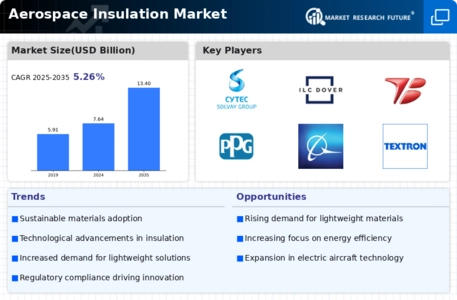
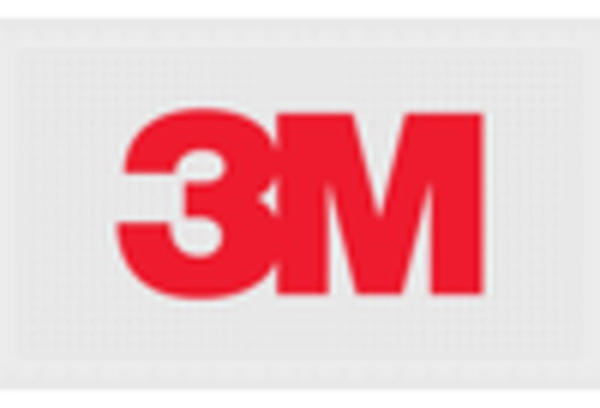

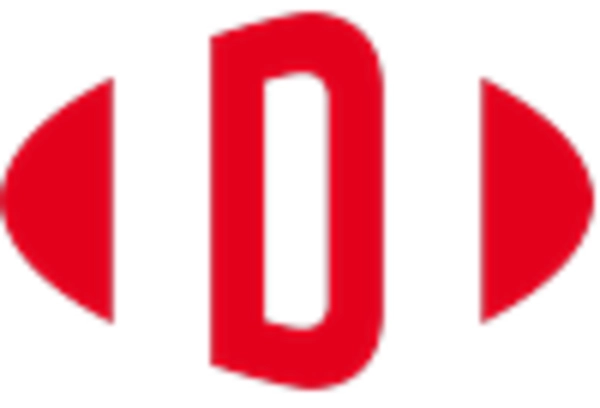
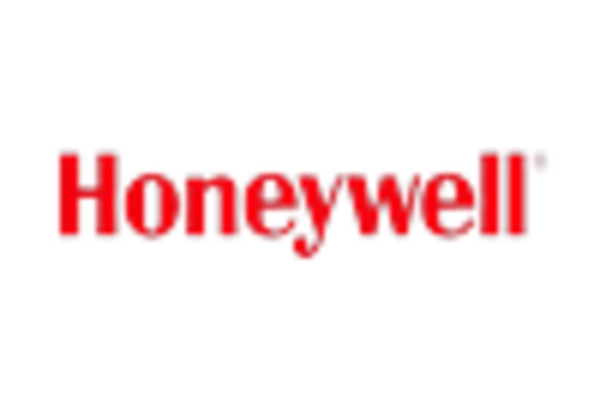
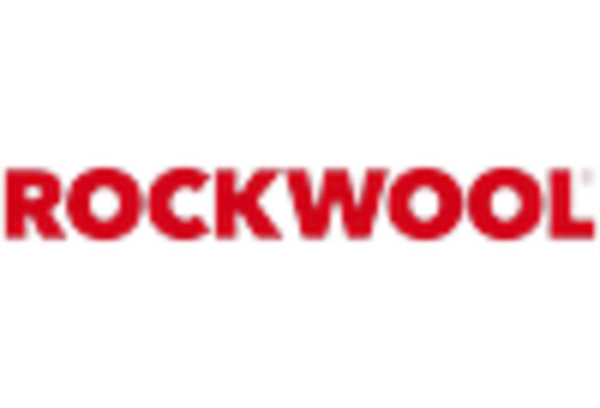
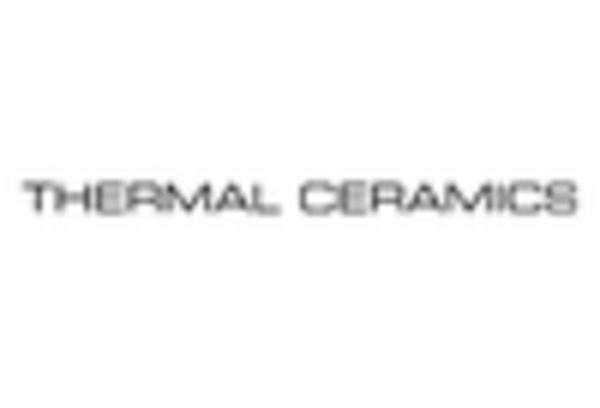








Leave a Comment